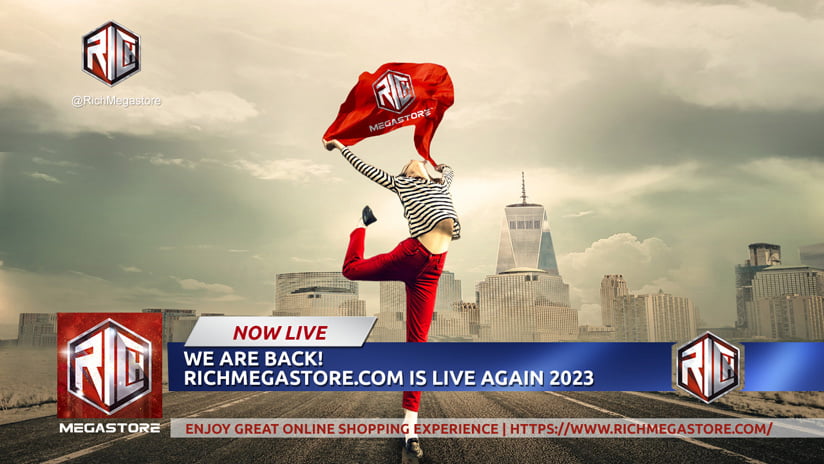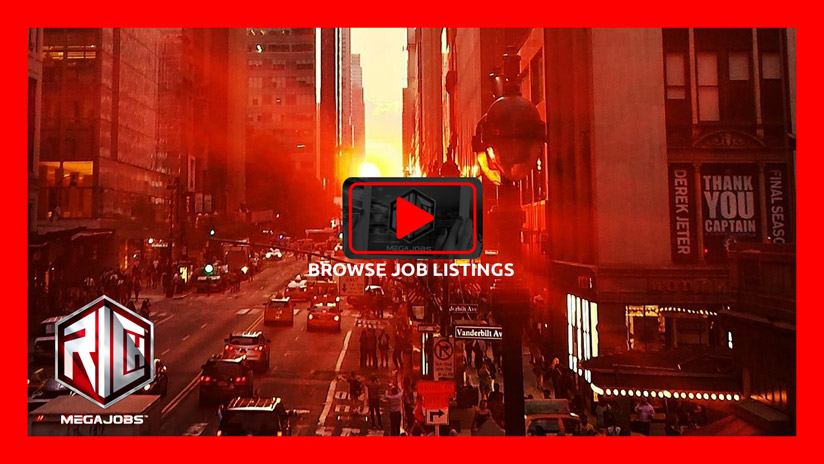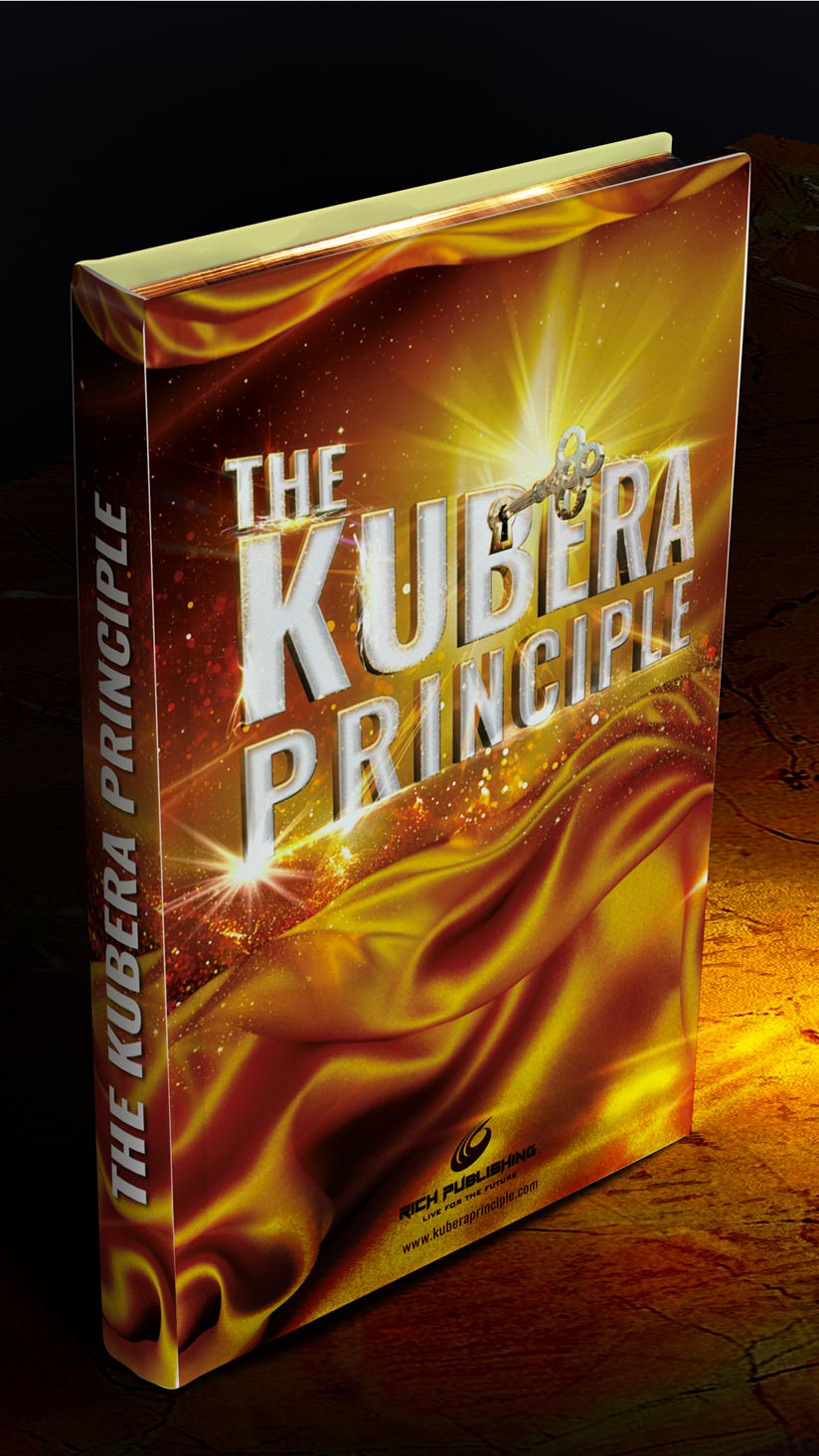[INTRO]
[Upbeat intro music plays. The camera zooms in on the host standing in a bright, inviting room filled with books and a whiteboard.]
Host: “Hi everyone! Welcome back to our channel! If you’ve ever found yourself staring at a blank page, unsure of how to craft the perfect letter, you’re in the right place. Today, we’re diving deep into the fascinating world of letters in the English language. We’ll explore different types of letters and arm you with the skills to write each effectively. So stick around, it’s gonna be epic!”
[SEGMENT 1: WHAT IS A LETTER?] [Cut to visuals of various letters – formal, informal, emails, etc.]
Host: “Let’s start with the basics. A letter is a written communication addressed to a person or group. It can be formal, informal, or somewhere in between. Think of letters as the bridges connecting our thoughts and emotions. But did you know there are several types of letters? Let’s break them down!”
[SEGMENT 2: TYPES OF LETTERS]
1. Formal Letters
Host: “First up, formal letters! These are typically used for business or professional communication. Picture writing to a company, applying for a job, or reaching out to a government official. Here’s how to craft one:
Structure: Start with your address, date, and the recipient’s address.
Salutation: Use ‘Dear [Title][Last Name]’. For example, ‘Dear Mr. Smith.’
Body: Be clear and concise. State your purpose right away – whether it’s a job application, complaint, or request.
Closing: Use polite phrases like ‘Sincerely’ or ‘Yours faithfully’ followed by your name.”
2. Informal Letters
Host: “Next, informal letters! These are meant for friends or family. They allow for a more personal touch.
Structure: You might skip your address and the recipient’s details.
Salutation: Use a friendly greeting like ‘Hey [Name]’ or ‘Dear [Nickname]’.
Body: Share your feelings, adventures, or updates! This is where the creativity flows.
Closing: A casual ‘Best’ or ‘Love’ works great!”
[Show examples of personal letters on the screen.]
3. Semi-Formal Letters
Host: “Then we have semi-formal letters – perfect for acquaintances or colleagues.
Structure: Similar to formal letters but with a more relaxed approach.
Salutation: Choose ‘Dear [First Name]’.
Body: Maintain professionalism, but you can add a personal touch.
Closing: Try ‘Regards’ or ‘Best wishes’.”
4. Cover Letters
Host: “Let’s not forget cover letters! These are vital when applying for jobs.
Structure: Match your cover letter’s format with your resume.
Salutation: Address it to the hiring manager or recruiter.
Body: Explain why you’re a great fit for the role – highlight skills and experiences.
Conclusion: Invite them to contact you for an interview.”
5. Thank You Letters
Host: “And how about thank you letters? These are essential for expressing gratitude after interviews, or gifts, or kind gestures.
Salutation: Use an appropriate greeting based on your relationship.
Body: State what you’re thankful for and personalize it.
Closing: A warm ‘Thank you again!’ or ‘Best regards’ is perfect.”
SEGMENT 3: TIPS FOR WRITING ALL LETTERS
Host: “Now, regardless of the type, here are some tips for crafting the perfect letter!
1. Know Your Audience: Tailor your tone and content based on who will read it.
2. Be Clear and Concise: Keep your message focused and avoid rambling.
3. Proofread: Always check for grammar and spelling errors. A clean letter creates a good impression!
4. Be Polite: Manners go a long way in any letter.”
SEGMENT 4: CLOSING – CALL TO ACTION:
Host: “Well, there you have it! The wonderful world of letters in English. Whether formal, informal, or semi-formal, writing letters boils down to knowing your audience and being clear.
Now it’s your turn! Grab a piece of paper or open your laptop, and start drafting. Don’t forget to share your letter writing experiences in the comments below or subscribe for more content like this!
Thanks for watching, and happy writing! See you in the next video!”
[Outro music plays as the screen fades into a call-to-action with links to subscribe and watch more videos.]



